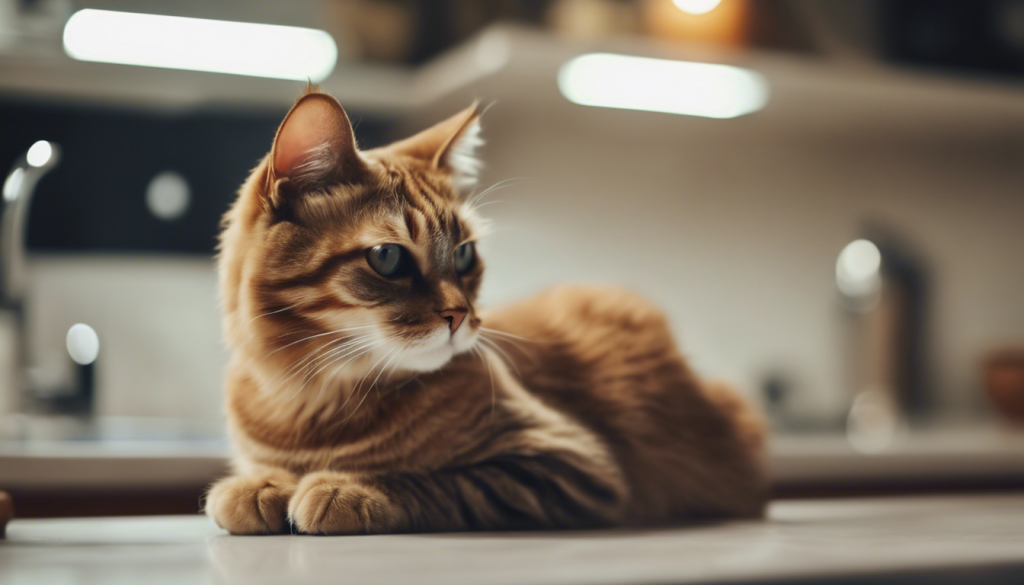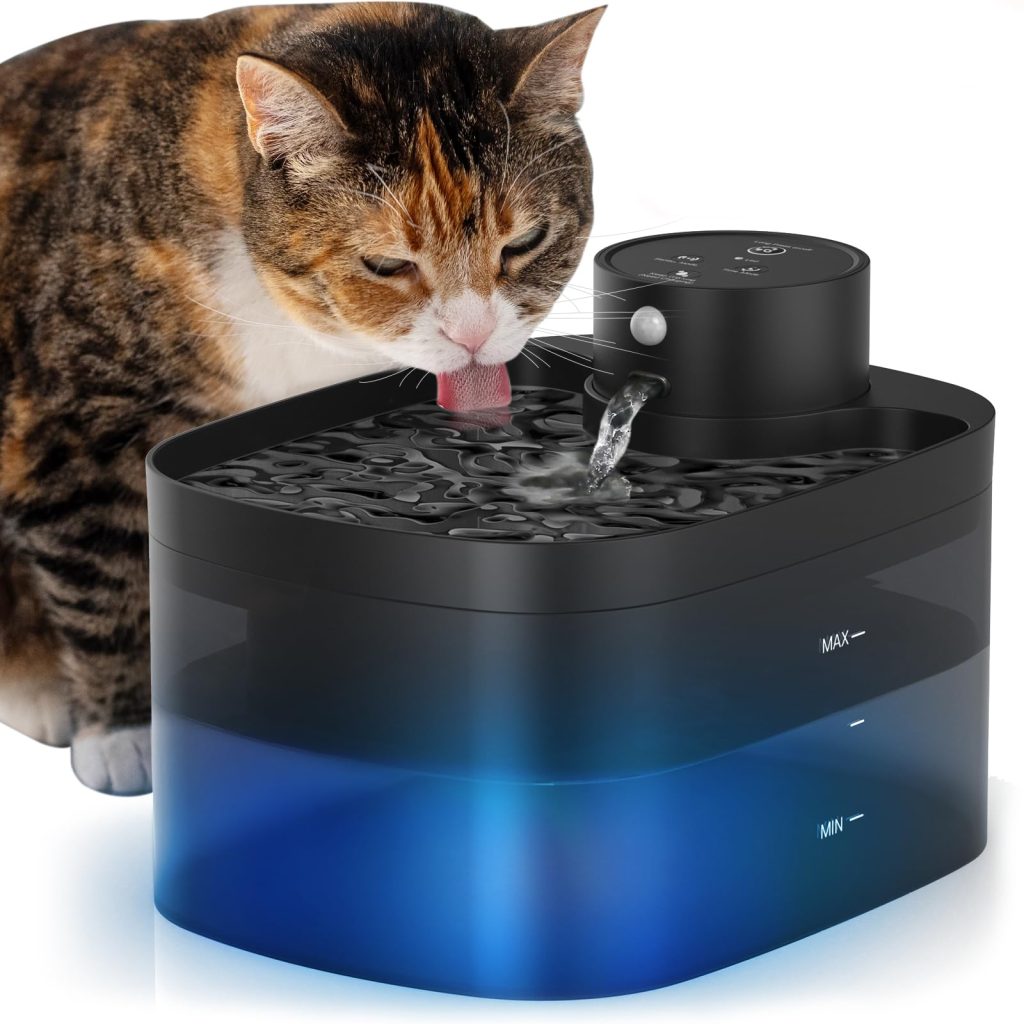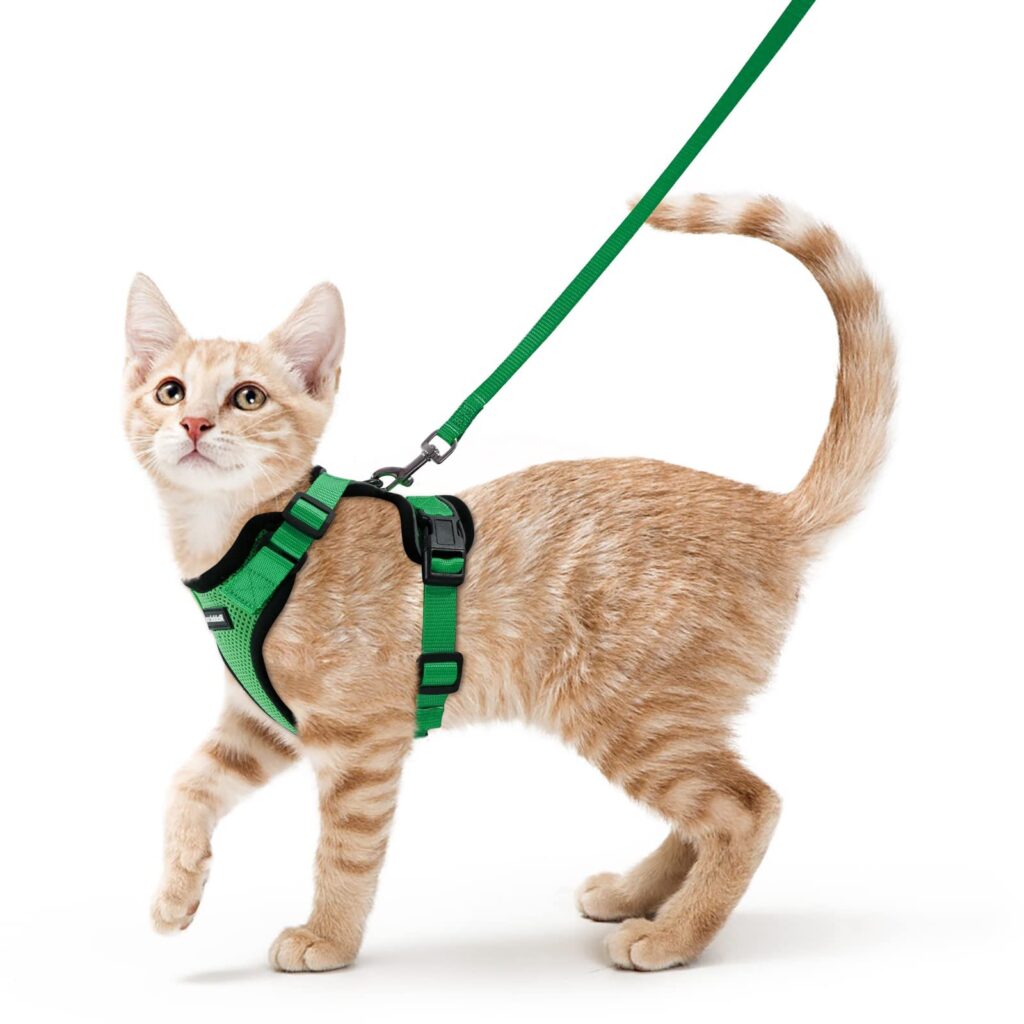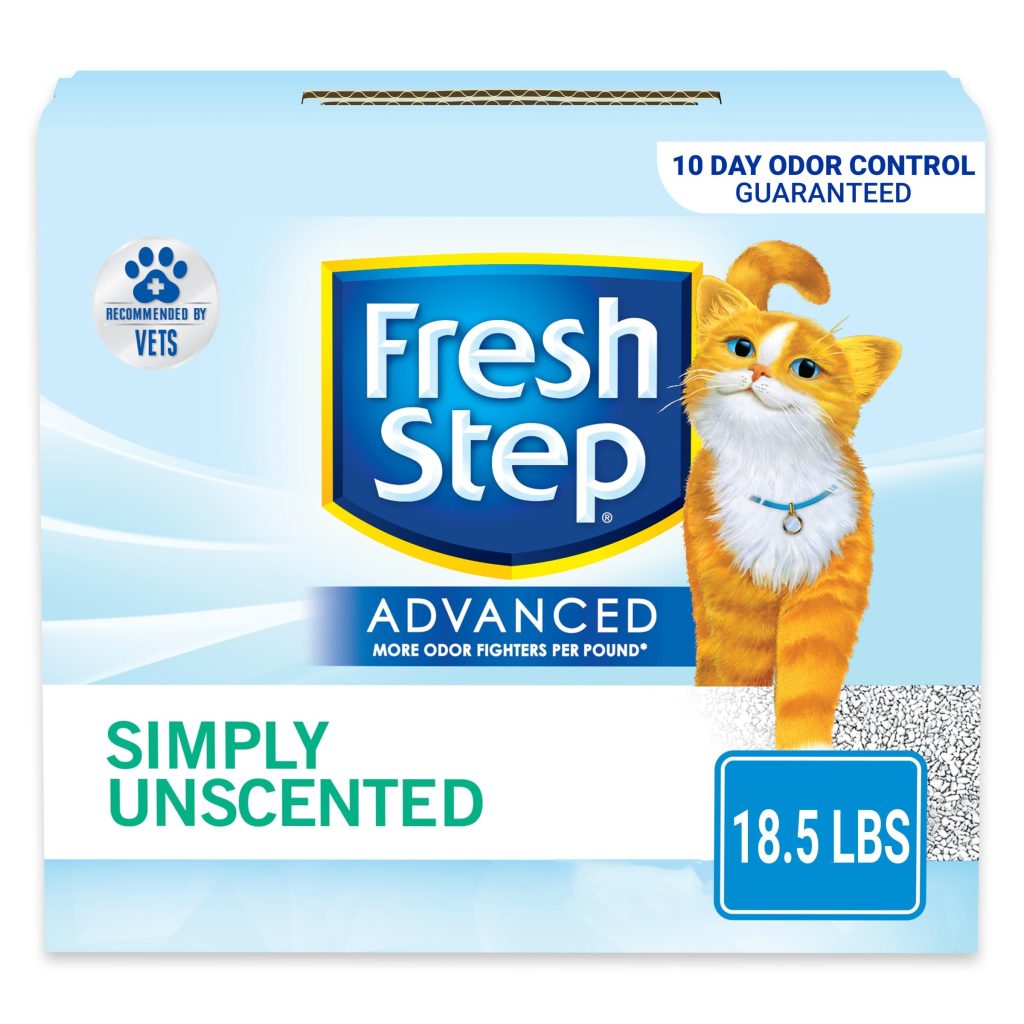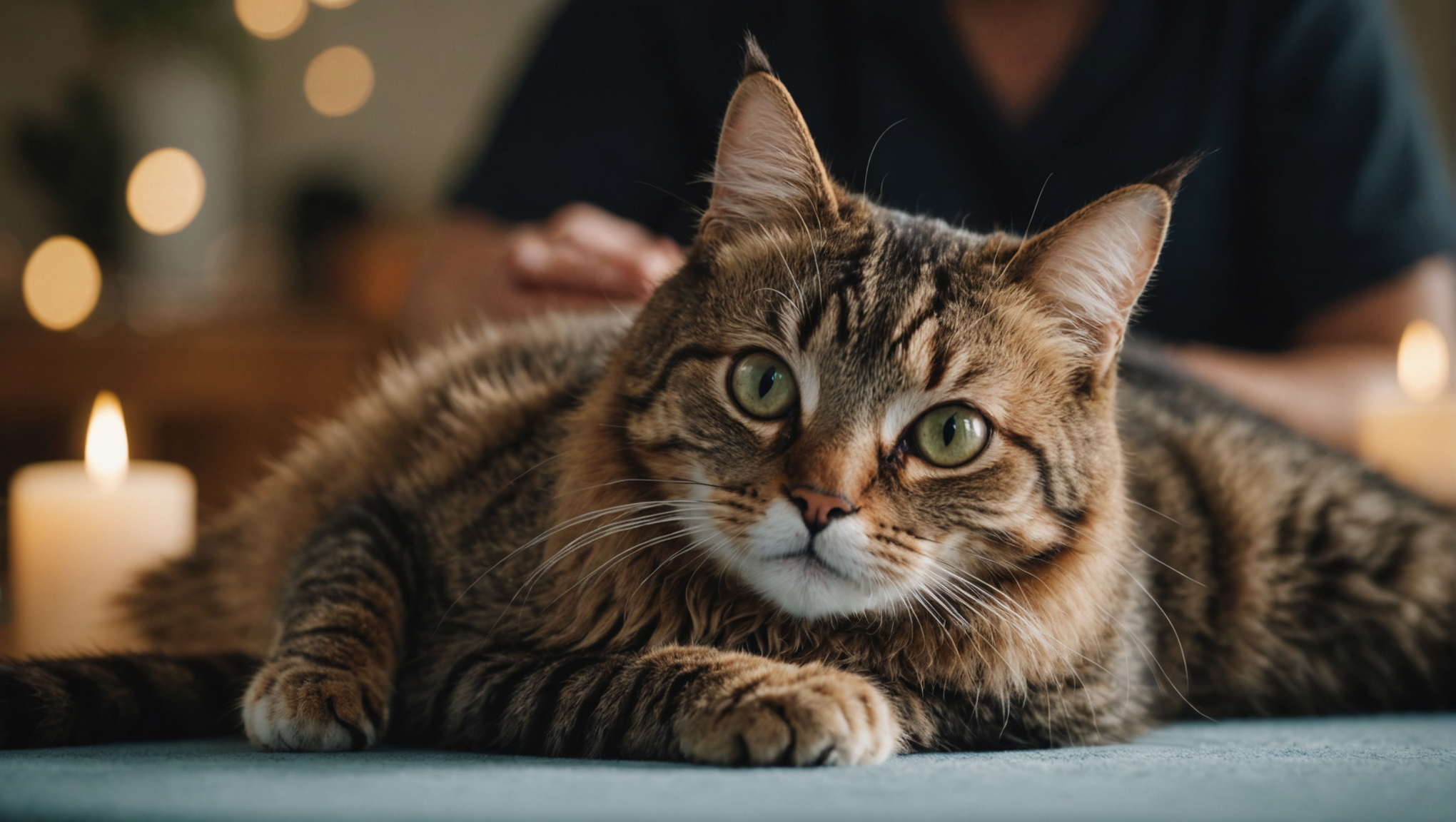
Understanding feline anatomy is pivotal for anyone looking to embark on the transformative journey of cat massage, as it not only enhances the potential for physical therapy but also deepens the emotional bond shared with these enigmatic creatures. Unlike many domestic pets, cats possess a unique skeletal structure and muscular system that accommodates their intricate behaviors, from stealthy hunting to graceful lounging. Comprehending the physical attributes of felines allows you to tailor your massage techniques to match their anatomy and sensitivities.
The feline skeleton consists of approximately 230 to 250 bones, depending on the breed, which grants them remarkable flexibility and agility. This is exemplified by their spine, which is more elongated and flexible than that of other mammals, enabling them to twist and contort their bodies with enviable ease. Thus, when engaging in massage, it is important to navigate this structure delicately and respectfully, appreciating how the limbs, back, and tail interact within the framework of their agile architecture.
Muscles in cats are distributed with precision—specially designed to facilitate sudden bursts of speed and energy, highlighted by their powerful pelvic limbs, while maintaining an impressive level of grace. The muscles along a cat’s back, known scientifically as the longissimus dorsi, play an important role in maintaining posture and control during movement. Gentle manipulation in this area can unleash tension, enhancing not only physical well-being but also instilling a sense of contentment and reassurance during the massage process.
- The skin of a cat is remarkably sensitive and layered, containing a rich array of nerve endings that are reactive to touch. Awareness of this sensitivity is vital; the manner in which you stroke a cat can either soothe or agitate them, making the intent behind each motion critical.
- Familiarity with feline body language is indispensable. A cat’s position, tail movements, and ear orientation can reveal its comfort level. For instance, a cat that lies on its side with a loosely flicking tail is generally more receptive than one that remains tense or defensive.
- Understanding the anatomical layout allows you to apply varying degrees of pressure—gentle kneads for muscle release or firmer strokes to stimulate blood flow—as well as an appropriate rhythm to align with their natural heartbeat, which is typically between 140 to 220 beats per minute.
In grasping these anatomical elements, you not only enhance your confidence as a cat masseuse but also embody the role of a nurturing caregiver. This knowledge speaks to the essence of feline well-being; it aligns seamlessly with their instinctual needs for safety, affection, and communication, seamlessly intertwining physical touch with emotional support. As the French writer Marcel Proust famously noted, “The real voyage of discovery consists not in seeking new landscapes, but in having new eyes.” Through the lens of understanding feline anatomy, you have the opportunity to develop a more profound appreciation for your cat’s inherent nature and the unique bond you share.
Ultimately, the intertwining of anatomy with tactile therapy is not merely an exercise in physical engagement but a deliberate step towards nurturing your cat’s trust and affection, fostering an atmosphere rich in compassion and care. By honing your understanding of their physical form, you gain insight into their emotional landscape, creating an enriching experience that goes far beyond the surface of their fur.
Techniques for effective cat massage
The effectiveness of cat massage lies not only in an understanding of feline anatomy but also in the mastery of various techniques that cater to the specific needs of your feline companion. Drawing from methods inspired by both holistic practices and intuitive interactions, these techniques can vary greatly in form and approach, always with the central aim of establishing trust and tranquility through touch.
One of the quintessential techniques involves the art of gentle stroking, a universally recognized gesture of affection. Beginning with an open hand, employ smooth, slow strokes along the cat’s back, starting from the head and moving gently towards the base of the tail. This movement mimics the affectionate grooming behaviors that cats naturally exhibit towards one another, thereby evoking familiarity and comfort. Another approach is to utilize your fingertips for a light kneading motion, particularly targeting areas like the spine and shoulders, where cats often carry tension. Employing a rhythmic pattern that resembles the feline heartbeat—gentle and steady—can amplify this effect, soothing your cat while also encouraging relaxation.
Incorporating specific pressure points into your massage is another effective technique, as many cats harbor areas that, when gently manipulated, can release pent-up tension. Focus on the base of the ears—where many cats appreciate light pressure due to the abundance of nerve endings—as well as the area just above the tail, often referred to as the sacral region. Applying mindful pressure, alongside deep, calming breaths, can create a gentle symphony of interaction, where both you and your cat find solace in the moment.
“A cat is a puzzle for which there is no solution.” – Hazel Nicholson. This sentiment resonates profoundly when considering the varied responses each cat may have to massage techniques. Understanding your individual cat’s preferences often requires observation and adaptability.
Yet, it is essential to maintain an observant eye during the massage process, continuously attuning to your cat’s body language. Each feline has its own unique set of preferences; while some may revel in prolonged sessions of deep massage, others might prefer lighter touch or short bursts of affection. Look for signs of enjoyment—such as slow blinking, purring, or an elongated body posture—indicating your cat’s approval, while remaining alert to any subtle shifts, such as a sudden stiffening of the body or withdrawal of the tail, that may signal discomfort or overstimulation. These nuanced reactions serve as a conversation, a two-way dialogue woven through muscle and fur.
Additionally, integrating aromatherapy into your massage technique can augment the experience, as certain scents like lavender or chamomile are known to have calming effects. Utilize an essential oil diffuser in the space or apply a pet-safe diluted oil to your own hands to create a more serene atmosphere. The marriage of scent and touch enhances the overall sensory experience, creating an environment where relaxation can truly flourish. Remember to always ensure that any scents used are safe for cats, as their highly sensitive olfactory systems can react adversely to certain compounds.
- Prioritize a tranquil setting; dim lighting and soft music can create an inviting backdrop, encouraging your cat to engage and relax.
- Seek moments of calm, preferably after meals or during subdued hours, to maximize your chances of a receptive feline.
- Consistency is key; establishing a regular practice not only reinforces familiarity but also enhances trust over time.
In these intimate moments of connection, your hands become both a source of comfort and communication, signaling your affection and commitment to your cat’s well-being. As you explore various techniques, you cultivate a gesture of care that transcends mere physical touch, evolving into a profound expression of love and understanding that solidifies the bond you share with your feline companion. The experience of cat massage, when conducted with mindfulness and respect, allows for a symbiotic relationship where both cat and owner bask in the nurturing embrace of shared tranquility, an intricate dance of paws and hands, unspoken yet deeply felt.
Benefits of regular cat massage
The advantages of regular cat massage extend far beyond the immediate pleasure it brings to your feline companion; it significantly contributes to fostering a nurturing environment in which both physical and emotional well-being are prioritized. Regular exposure to gentle, focused touch offers cats a myriad of benefits, aligning seamlessly with their natural instincts while reinforcing the bond between pet and owner.
At a physiological level, engaging in regular massage can enhance circulation, promoting improved blood flow throughout your cat’s body. This increased circulation aids in the delivery of oxygen and essential nutrients to muscles and tissues, fostering overall health. When blood flow is optimal, a cat’s body can more efficiently dispose of toxins, making them feel revitalized and more energetic. By regularly incorporating massage into your routine, you actively become an agent of vitality for your feline friend. This practice also serves as a gentle way to monitor your cat’s body, which will allow you to detect any unusual lumps or sensitivity that may indicate health concerns requiring veterinary attention.
Furthermore, the calming effects of massage promote a reduction in stress and anxiety, which are not uncommon in our feline companions—especially in environments marked by unpredictability. Studies have shown that tactile stimulation can lower cortisol levels, the hormone predominantly associated with stress. For cats, a reduction in stress can manifest in a high number of ways: an increase in affectionate behaviors, a decrease in destructive tendencies borne from anxiety, and a general sense of tranquility that permeates their daily routine. In fact, many cat owners observe that after a massage session, their cats display relaxed body postures, purring contentedly, or even falling into peaceful slumber, which can be a testament to the positive impact of this shared experience.
The act of massaging not only fosters physiological benefits but also accentuates the importance of touch in feline communication. Cats naturally engage in mutual grooming as a form of bonding, so replicating this behavior through massage can enhance feelings of safety and trust. Just as you might witness soothing purrs and kneads during a feline grooming session, massage can evoke similar responses—ultimately expressing affection and strengthening bonds. Regular touch not only reinforces your connection; it also enables your cat to feel more secure, enhancing the overall openness and trust in your relationship.
“Cats choose us; we don’t own them.” – Kristin Cast. This profound reflection encapsulates the essence of our relationship with these independent creatures, emphasizing that every gesture of care, such as massage, allows us to earn their trust and affection.
Moreover, regular massage is beneficial for socialization in a multi-pet household, as it can help diminish aggression stemming from territorial disputes or rivalry. When cats receive equal attention, it can reduce jealous behaviors and promote harmony among your pets. That said, consistent massage creates a shared experience that can bring not only individual cats closer to their human companions but also encourage a sense of community among all pets in the household.
Embracing a practice of regular cat massage also lays the groundwork for training and behavioral management. A cat that associates your touch with positive sensations is more likely to engage cooperatively during grooming sessions or even veterinary visits. This inherent trust mitigates fears and anxieties tied to handling, ultimately paving the way for a more collegial and pleasant experience during what might otherwise be distressing events. Training, when coupled with the soothing influence of massage, allows for a more enriching interactive experience, as a calm cat is more open to learning and positive reinforcement.
- Regularly scheduled massage sessions become not only a ritual of care but also an opportunity for you and your cat to reconnect amidst the busyness of daily life, enhancing the emotional ties that bind you.
- Tailoring the massage experience to your cat’s preferences ensures their mutability in responding positively, providing a deeper understanding of their likes and dislikes.
- Engaging in regular touch fosters greater attunement to your cat’s behavioral nuances, allowing you to discern shifts in mood or health that may require attention.
In the tapestry of cat care, regular massage becomes an integral thread, weaving together elements of health, happiness, communication, and trust. Each session is a heartbeat shared, a moment of connection that transcends the chaos of the outside world, drawing both you and your feline companion into a realm of serenity and love. As we cultivate this intimate practice, we not only enrich our cats’ lives but also deepen our own emotional experience, interlacing our lives in a mutual understanding that epitomizes the essence of companionship.
Building a deeper connection through touch
Touch is a profound language of communication that transcends spoken words, allowing a powerful connection to flourish between you and your feline companion. When you engage in cat massage, every stroke and caress serves as a silent eloquence, revealing your affection and intent to nurture. The delicate interplay of tactile sensations weaves a rich tapestry of trust, devoid of any barriers, reinforcing the intricate bond formed between human and cat. In this intimate exchange, one must recognize the importance of timing, body language, and the subtle responsiveness of a cat’s mood, each moment carefully calibrated to promote comfort and serenity.
Creating a calming environment is paramount in fostering this deeper connection. Consider dimming the lights and playing soft, melodious music; the atmosphere you cultivate serves as the backdrop to this intricate dance of touch. By ensuring a serene space, you give your cat the assurance that the session will be soothing and that they are cherished participants in this ritual of care. This intentional ambiance invites your feline to fully surrender to the experience, promoting relaxation and enhancing the emotional quality of your shared moment.
Moreover, each feline has its own unique preferences, reminiscent of a finely tuned instrument that requires specific attention to evoke the most harmonious responses. By observing your cat’s reactions—whether they lean into your hand, purr, or even “make biscuits” with their paws—you gain insightful feedback regarding their likes and dislikes, enriching your understanding of their emotional and physical states. The reciprocity of this relationship elucidates a fundamental truth: that your cat is not merely a subject of affection, but an active participant in this nurturing exchange.
“The smallest feline is a masterpiece.” – Leonardo da Vinci. This sentiment captures the essence of the feline spirit, emphasizing that each interaction, particularly one infused with mindful touch, acknowledges the unique artistry that each cat embodies.
The practice of massage, approached with patience and mindfulness, transforms into a bonding ritual that cultivates a safe space for both of you. As you gently knead their muscles, not only are you easing their physical tension, but you’re also instilling a deep sense of security. Cats are profoundly sensitive beings, often attuned to the emotional landscapes of their human companions. Thus, the act of connecting through touch allows them to sense your emotional state, forming a bridge where love and understanding intermingle seamlessly.
A massage session can also serve as a precursor to more in-depth interactions, such as training exercises. Cats that are accustomed to receiving gentle touch are more likely to be receptive to behavioral guidance and instruction. A calm, relaxed cat will engage more positively during training, facilitating a productive environment where learning flourishes. When your cat associates your touch with a feeling of safety, they become more willing participants in collaborative activities, demonstrating the profound influence that this tactile bonding can have on their behavior and overall demeanor.
- Increased trust derived from regular massage sessions prompts cats to be more forthcoming in their behavior, allowing for a smoother interaction, whether at home or during veterinary visits.
- Engaging in this practice cultivates a deeper emotional intelligence between you and your cat, fostering a mutual understanding that transcends mere companionship.
- Each massage can become a cherished moment, a respite from the external world where both you and your cat indulge in shared bliss, deepening the emotional connection further.
Ultimately, the profound impact of touch extends beyond mere physical contact, blossoming into an artistic narrative that encompasses care, trust, and love. Through the delicate art of cat massage, you not only embrace your cat’s unique nature but also express a commitment to their well-being, crafting an experience that resonates with both heart and spirit. Every session is a gentle reminder of the bond you share, an exquisite manifestation of compassion that enriches your lives and deepens the love between you.


